Bioethics Forum Essay
In the Shadow of War: Health Conditions in the Za’atari Refugee Camp
As our bus rumbled through the cool desert landscape, the lively chatter among the mission volunteers was swallowed by a sudden and collective hush as we spotted our destination. Emerging like a mirage after an hour and a half of travel, we entered a city that was unlike any I had ever seen before. Built up of makeshift metal shelters and the resilience and sheer determination of those who call it home, we entered Za’atari, the world’s largest refugee camp for Syrians.
In January I traveled to Jordan as a medical volunteer with SAMS (Syrian American Medical Society) to provide medical care to refugees in the Za’atari camp. Since the start of the Syrian civil war in 2011, it is estimated that over 14 million Syrians have been displaced by conflict and forced to flee their homes in search of safety and shelter. Over 5 million displaced Syrians live as refugees in camps, settlements, and host communities in neighboring countries. Created in 2012, the Za’atari refugee camp now houses 80,000 Syrian refugees. At points in its history, it has been the fourth largest city in Jordan, a country the size of the state of Maine with a population of over 10 million.
While working as a medical volunteer in the SAMS clinic at the edge of the camp, I quickly realized I was in a clinical environment I had never seen before. Despite my training in bioethics and my knowledge of theories of resource allocation and distributive justice, I was unprepared for the sheer scale of medical needs among the refugees I was there to serve, and for what resource scarcity meant under these conditions.
Most of the physicians I had traveled with brought medical equipment with them. Everyone improvised, fashioning Dixie cups into inhaler masks for babies and using iPhone flashlights during dental extractions. We could not offer lab tests; there was no lab. Follow-up care would be available six months later –the next time a SAMS medical mission trip would be back at Za’atari camp. We were unable to promise referrals to patients, and there was no guarantee they could see a specialist. The need for specialized medical care, such as dermatology, was so great that fights among refugees would break out in the clinic as it became evident that we would not be able to accommodate all the patients needing to be seen.
During our six-day medical mission, over 90 volunteers and physicians treated upwards of 4,000 people, including 3,500 seen in the clinic and 600 who were transferred to regional hospitals for specialist procedures and surgeries by other physicians on the mission. We knew that what we could do in a week was severely limited and usually would not solve the daunting problems our patients faced. Yet we also knew that, for these 4,000 people, being seen by a medical mission team once every six months was often the extent of their access to specialized medical care.
Underlying this entire experience was my constant awareness that only 90 miles west of us, Palestinians in Gaza were experiencing a dire humanitarian crisis. It was impossible to ignore the realization that the harrowing living conditions at Za’atari would be the best-case scenario in Gaza. If Palestinian civilians in Gaza survive the multiple threats in a resource-starved war zone – bombings, shootings, disease, starvation–and escape or are forced out of Gaza, they will end up in a refugee camp. If living in a densely packed refugee camp is the best outcome for traumatized civilians escaping conflict, we have miserably failed one of the world’s most vulnerable populations.
Some of the refugees at Za’atari have lived in the camp for more than 10 years, and their medical needs have changed over time. The worst things we saw were not disfiguring war wounds, but treatable health conditions that had become debilitating due to lack of medical care. While the scars, burns, and wounds of war were evident on people’s bodies, it was uncontrolled asthma, respiratory infections, and decaying teeth that impaired their everyday lives. These chronic conditions were caused and worsened by living conditions they had no ability to change. Mold growing in the shelters, and desert sand, caused respiratory illnesses. The cheap, high-sugar diets rotted their teeth. Poverty, displacement, and lack of health care are the chronic comorbidities of Syrian refugees.
Ten years ago, during the Syrian civil war, the horrors of that war were front-page news, as Gaza is today. The continued suffering of displaced populations who have no way back home–because their homes have been destroyed–no longer commands the world’s attention. They are forgotten, their futures dismissed, and their aspirations abandoned. The refugee camps that were meant to be temporary solutions have become permanent. Displaced Palestinians have and will continue to suffer the same fate as Syrian, Rohingya, Somali, and Sudanese refugees.
The horrors of the Syrian civil war include the long-term physical and psychological effects of conflict and displacement. In response, SAMS has been increasing the capacity of its medical missions, hoping to provide more medical treatment to a population that desperately needs it. Several other groups offer care inside the camp, including Doctors Without Borders, International Medical Corps, and the Jordanian Red Crescent. Yet, it is still abundantly clear that more medical care, resources, and support are desperately needed there.
Despite the harrowing reality that the Syrians who have survived and escaped war now face, many remain hopeful that, one day, they will return to their homes. The international community must recognize war and displacement as a collective issue, not an individual one. Jordan is a country that continues to be exemplary in addressing the world refugee crisis by taking in hundreds of thousands of refugees, including them in national health care and education systems, and providing access to livelihood opportunities within the country. Vastly wealthier countries have much to learn from Jordan. But if we can achieve this imperative shift in thinking about the refugee crisis as a collective responsibility, perhaps the international community will finally see and respond to the humanity of displaced and refugee populations, rather than despairing about and then forgetting their suffering.
Sana Baban, MBE, is a project manager and research assistant at The Hastings Center. She will begin medical school later this year. @sana_baban

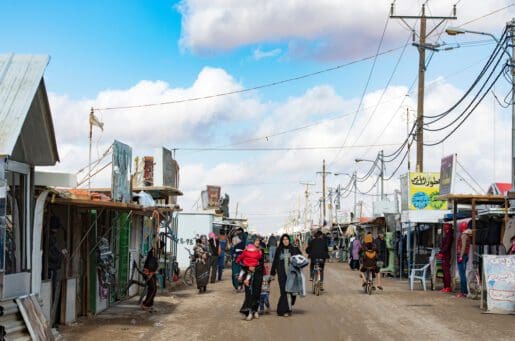

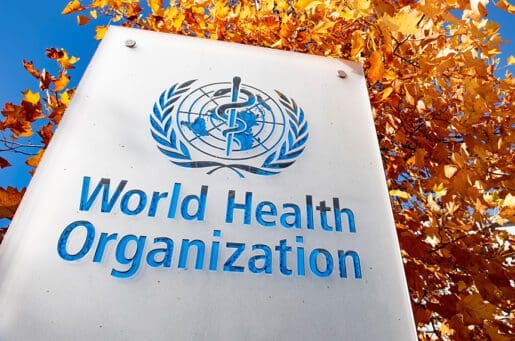
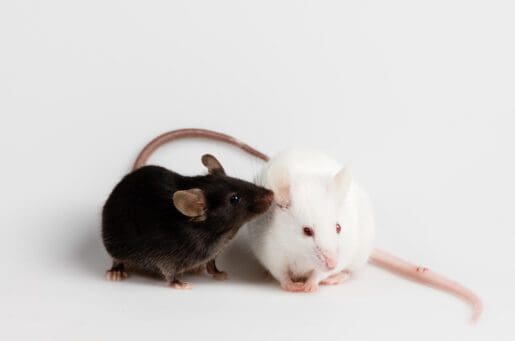

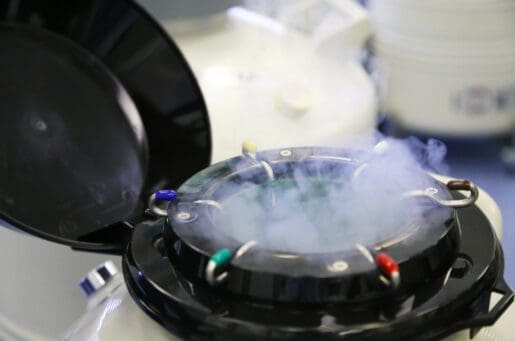



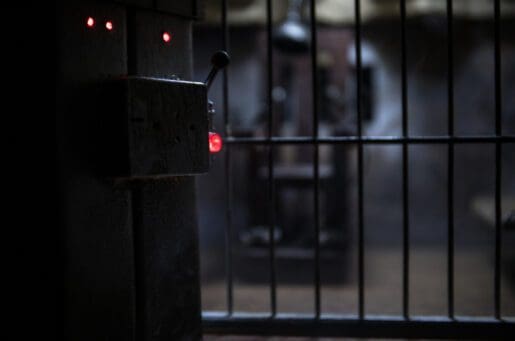
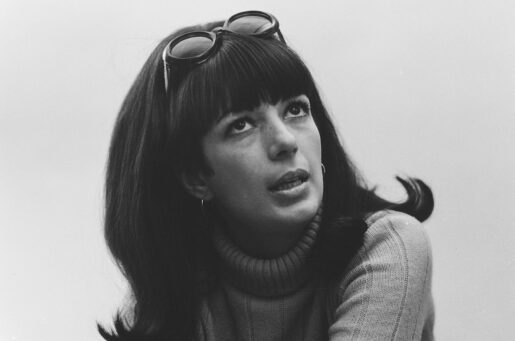

Thank you for reminding us that as long as there are wars there is displacement and refugees with traumatized hearts tethered to the places they may never see again. This underscores the need for medical missions to help attenuate the suffering within these communities.